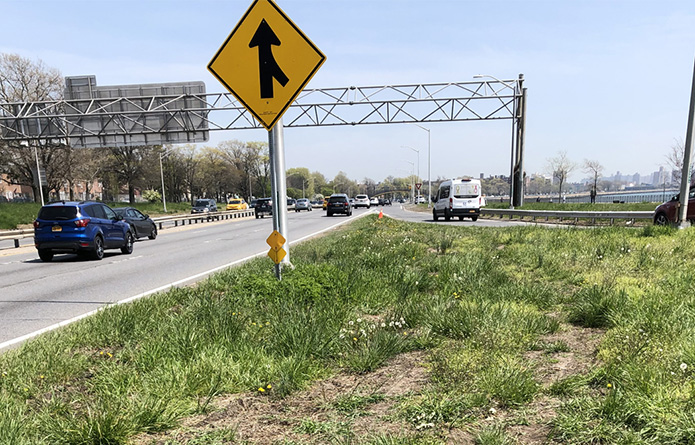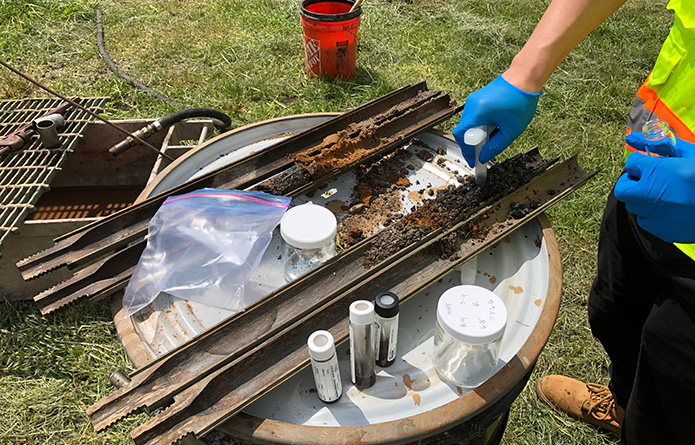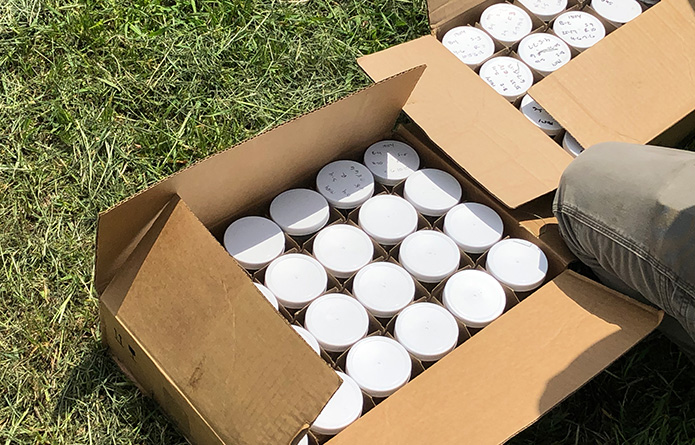Projects
Belt Parkway Eastbound Merge at the VNB
HVEA Engineers provided design support for this complex $36.6M transportation project. The objective of the project is to enhance safety and reduce collisions and congestion that impacts the VNB. The non-standard merge condition that exists at the VNB on-ramp to the EB Belt Parkway is the primary contributor to this problem and it has been shown that queues on the VNB ramp approaching the Belt Parkway impacts the operations and safety of the VNB. The Bay 8th street exit from the Eastbound Belt Parkway will be replaced with a half-diamond roundabout interchange, that will include updating adjacent sidewalks to ADA standards, in order to contribute to the increased safety and reduction of collisions and congestion.
In addition, HVEA provided support in compilation of the Draft Design Approval Document (DAD); completing 10% of the Design Draft Brief. HVEA’s Design team was provided with a sample Design Brief, project scoping documents and various other components such as traffic data and environmental resources.
HVEA also performed iterations of stormwater analysis and calculated the required water quality volume for the site based on conceptual design plans and ideas. One of the design ideas was implementing porous pavement design into the parking lot on the southern end of the project. HVEA assessed the feasibility and impact of using porous pavement in this location based on soil type for infiltration, depth to groundwater and potential storage volumes. Staff also located potential stormwater management practice locations for dry swales as per request by the Client.
The footprint of new impervious areas and equivalent impervious areas able to be routed to these potential locations was calculated in order to determine the feasibility of NYSDEC Water Quality Volume requirements with dry swale practices in accordance with the NYSDEC Stormwater Management Design Manual and SPDES General Permit GP-0-20-001. Soil type, depth to water table and drainage inverts were analyzed to locate potential practice areas to be presented to NYCDEP.







